Taking science out of the typical realm of the classroom, piano junior Stefan Wan has continually pursued competition in science fairs throughout the year. After winning the Florida State Science Fair, Wan advanced to finals in Environmental Engineering at the Intel sponsored International Science and Engineering Fair (ISEF), where he took second place with a prize of $1,500.
In the environmental engineering category, participants focused on issues involving the environment. Wan’s project involved mitigating the effects of Eutrophication, or the death of aquatic animal life and excessive growth of aquatic plant life in a body of water caused by excess nutrients that create a lack of oxygen.
“I think the main thing that contributed to my success is the fact that I tried to tackle such a large problem and I created new technology to do so,” Wan said. “Eutrophication is a problem almost everywhere and it’s especially bad in South Florida. Creating a working solution for this gargantuan problem amplifies the actual worth of the project.”
ISEF was held in Phoenix, Arizona on May 8-13. As the judging involved scientists across the globe, Wan had to formulate his presentation to encompass judges from all regions. Eutrophication is most prevalent in Florida and other wet regions, but Wan had to modify his project to explain the problem for judges not as experienced with the issues of Florida. Wan’s project involved the improvement on existing technology to remove the excess nutrients in bodies of water, which would limit plant growth and restore the health and oxygen to the body of water.
“The strongest aspect of my project is that it’s completely new technology. No previous research has been done on biochar/LDH composites for phosphate removal, which helps immensely because the judges for science fair are always excited to learn about new things,” Wan said. “Another thing I would like to mention is my material’s effectiveness compared to the alternatives. When the findings are better than what is currently used, the project becomes even stronger. Current treatment for phosphate removal uses Stormwater Treatment Areas (STAs) which can cost millions of dollars to create. In a direct comparison, a 100 square yard filtration trench of my biochar/LDH material which costs around $30,000 adsorbs the same amount of phosphate as a 310 acre STA which costs around $10,100,000.”
Dreyfoos has had previous students be successful at ISEF, such as Christopher Wan in 2014 and Zachariah Mustafa in 2012. A commonality between all these successful projects is a passion for science.
“Do what you love. Do something that interests you. When you do something that interests you, you do your best work,” science dean and Science Honor Society advisor Stephen Anand said. “It’s something of an independent project. It’s not governed by me as the teacher or the classroom. These students are going above and beyond the classroom. Because it’s not as well organized as a club or organization. It’s much more student driven. In my eyes, it’s a very noble thing for a high school student to undertake. It’s very much their achievement and undertaking. I find that it’s a project where you can really see the student.”








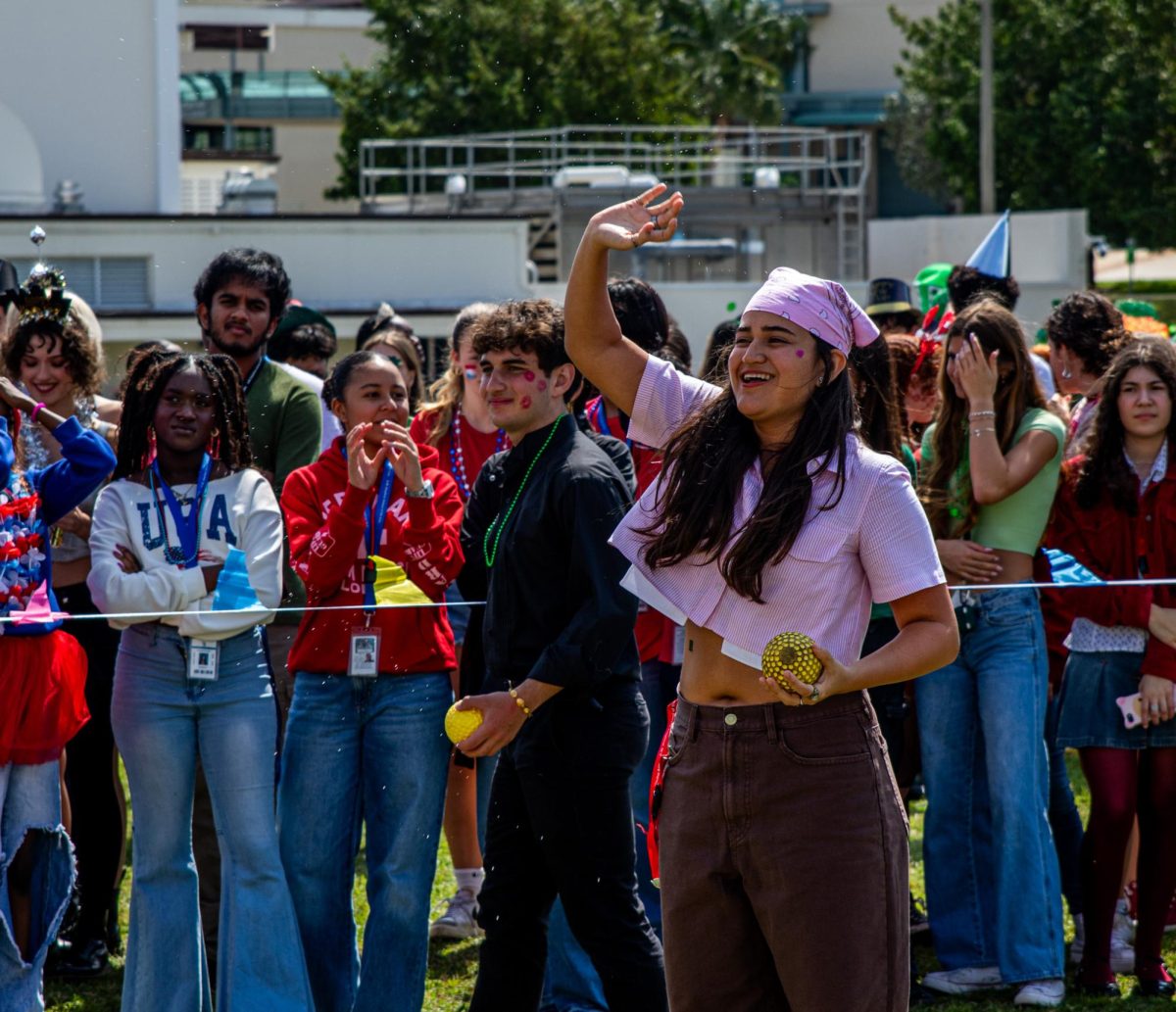
![[BRIEF] The Muse recognized as NSPA Online Pacemaker Finalist](https://www.themuseatdreyfoos.com/wp-content/uploads/2025/03/IMG_2942.jpeg)














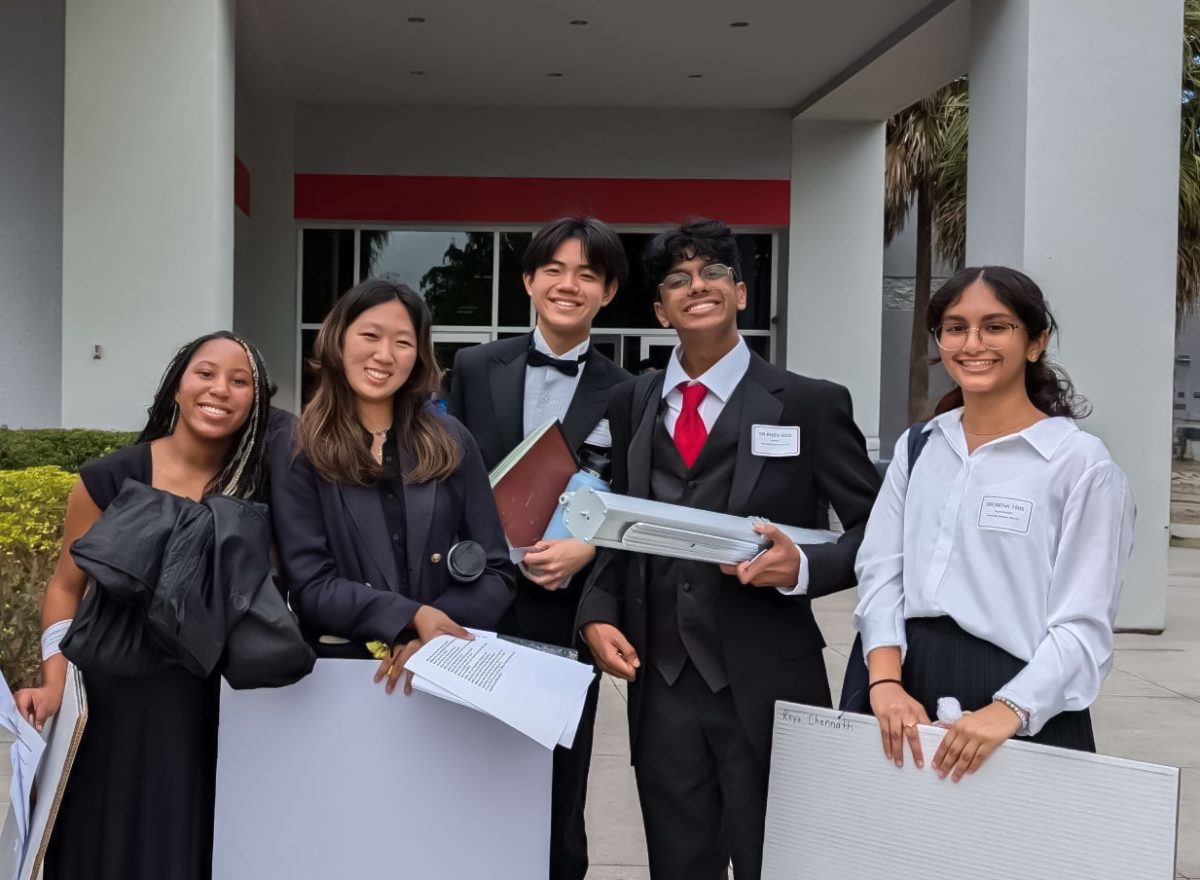










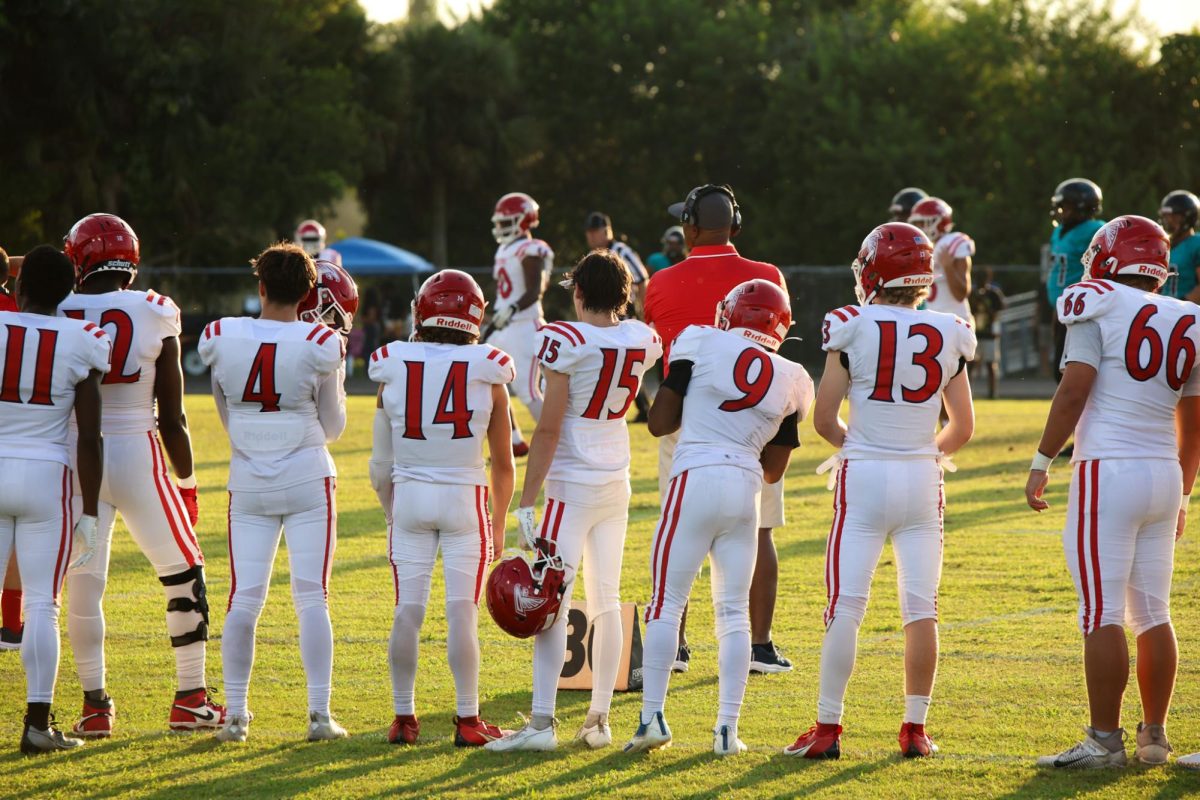



















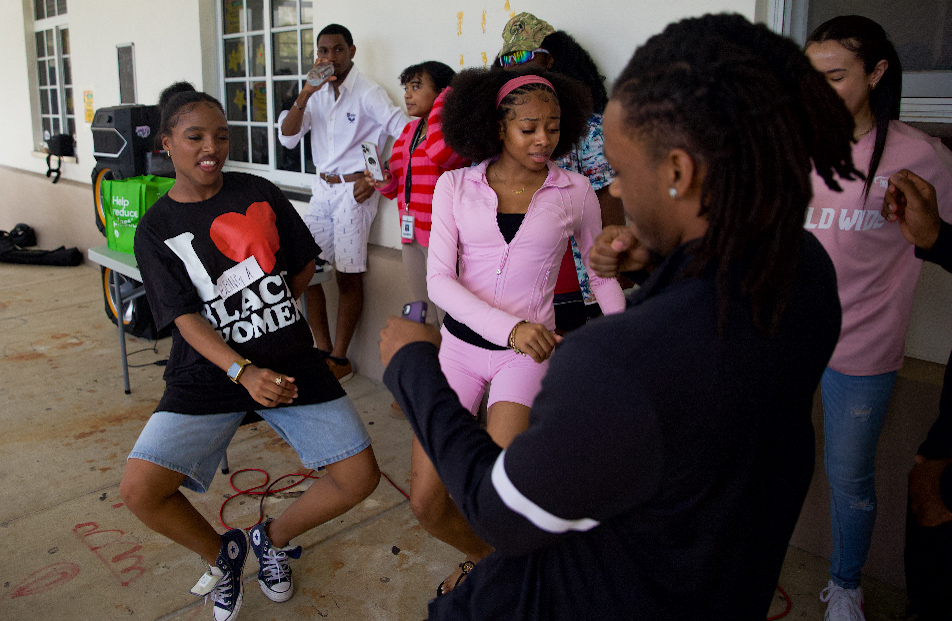
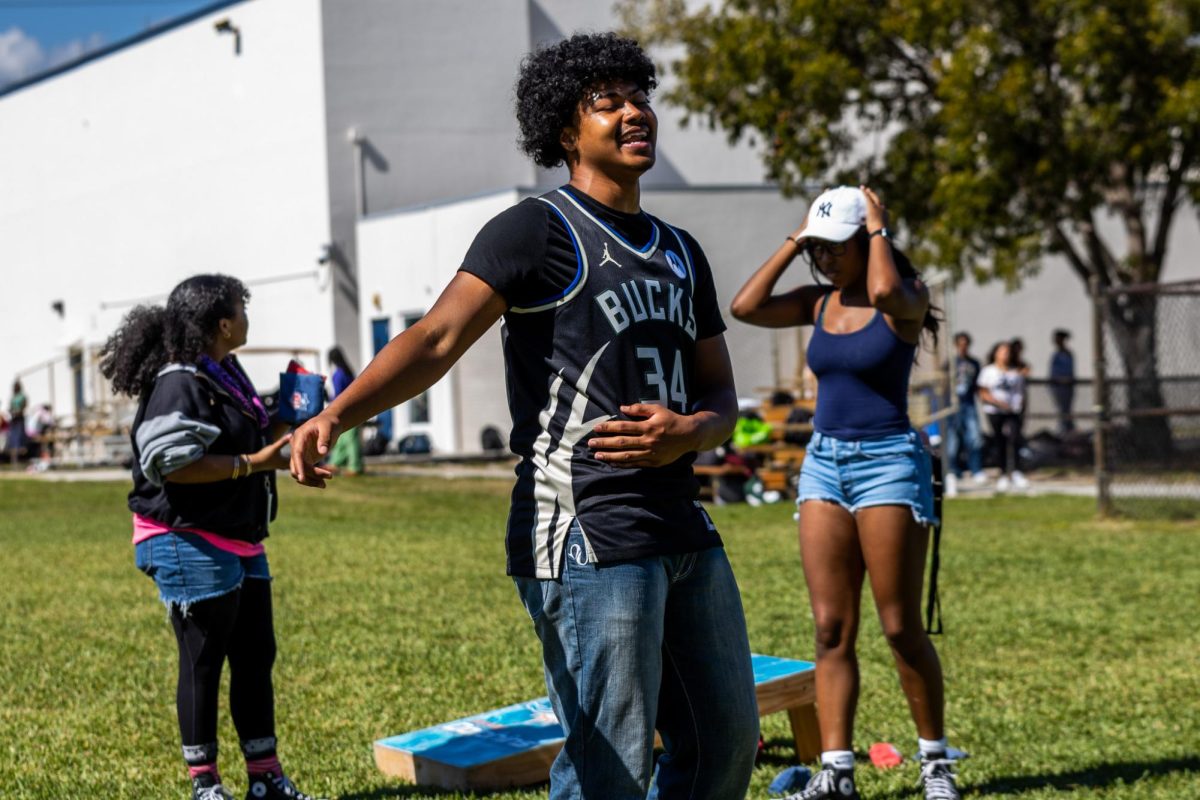

Savannah Flak • May 21, 2016 at 12:07 am
Hi, I am a Dreyfoos alum who attended ISEF, and Christopher Wan was actually successful both in 2012 and 2013, not 2014. Already graduated by then.